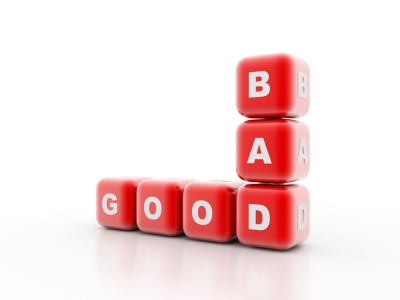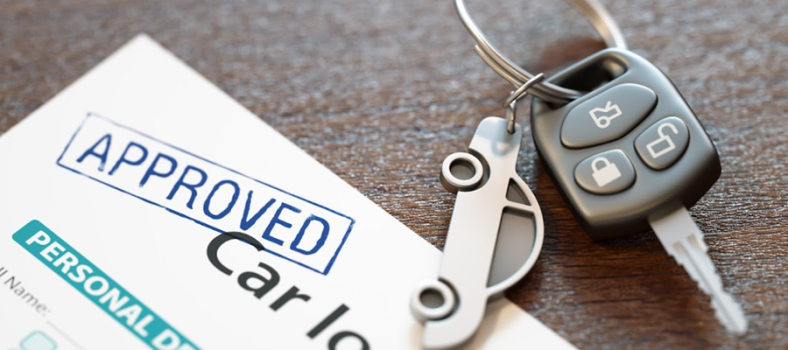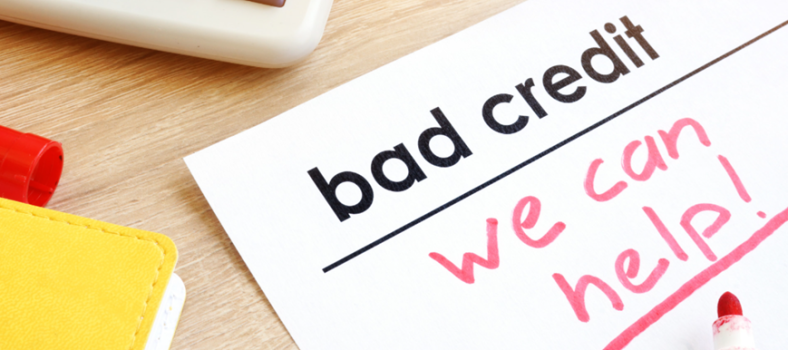Payday Loans: Good or Bad
You’ve had a bad day. First, your car refused to start this morning. Then you got a call from your son’s school saying he had fallen off a slide and fractured his arm. Car repairs, a hospital bill, groceries, monthly rent – how will you ever manage to get by until your next paycheck? You recall seeing colorful advertisements all over town for payday loans. Could that possibly be the solution? You hesitate, remembering a co-worker who warned of the consequences of payday loans. Are payday loans a financial life-raft for those unable to make ends meet or are they more like a seductive siren enticing you to drown yourself in a sea of debt?
What exactly is a payday loan?
A payday loan, sometimes referred to as a payday advance or cash advance, is a small, short-term loan. It does not require a credit check, only payroll and employment records. Payday loans usually must be paid back relatively quickly and failure to do so will result in harsh fines. They are marketed as a way for people to get by between paychecks when unexpected expenses arise. Because these types of loans are only short-term, the interest rates are unusually high. You often must provide debit authorization or a post-dated check before receiving the loan.
The Pros
There are some obvious advantages to payday loans. First of all, anyone with a checking account and current employment can secure a payday loan. If you have a relatively low-income or bad credit, other micro-financing options may be unavailable to you. In the case of an emergency which entails unforeseen expenses, a payday loan may be the quickest, most convenient way for you to get the funds you need. Proponents of payday loans often assert that these loans provide a financing opportunity for people who have exhausted all other possibilities.
The Cons
Where most people get into trouble with payday loans is when they are unable to repay their debt in the time frame originally agreed upon. Defaulting on a payday loan will set off a cascade of additional fines and fees which will cause you even greater financial strain. This can have a devastating effect, particularly on low-income earners. Payday loans are also much more expensive than other forms of micro-financing. The annual percentage rate (APR) on a payday loan can be up to 5,000%. In comparison, a credit card generally has around a 12% APR and a typical loan hovers around 7% APR. However, many places now have strict regulations, called usury laws, on loan APR. For example, in Queensland and New South Wales APR is restricted to less than 48%, including fees.
Other options
Before applying for a payday loan, make sure you have considered all of your loan options. Also determine whether the expenses you are attempting to cover are completely necessary. If there is any way you can wait until your next paycheck, you should do so. Typically, any late fees you pay on a bill will be significantly less than payday loan finance charges. Other methods for borrowing money short-term include charging it to your credit card, getting an advance from your employer, withdrawing money from your savings account, finding a relative or friend who can loan you the money, or asking your creditor to allow you more time to make a payment.
If a payday loan is absolutely unavoidable, make sure you only borrow what you will feasibly be able to pay back in a timely manner. You want the loan to relieve your financial burden, not add to it.






No Comment